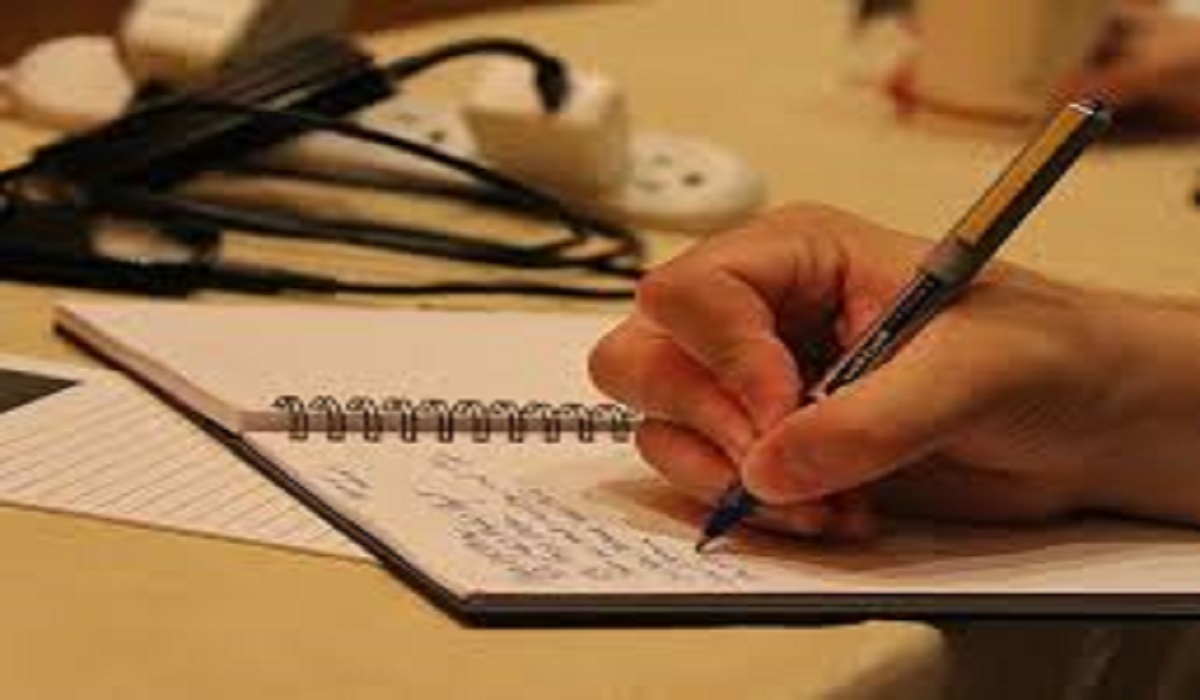Way to Take Effective Notes
Way to Take Effective Notes: Taking notes is a fundamental skill for students, professionals, and lifelong learners. However, not all note-taking methods are created equal. Some techniques enhance retention and comprehension, while others can waste time and reduce productivity.
In this comprehensive guide, we’ll explore:
- The best note-taking methods backed by research
- Common mistakes that make notes ineffective
- How to adapt note-taking for different learning styles
- Digital vs. handwritten notes – which is better?
- Advanced strategies for students, teachers, and professionals
By the end, you’ll know exactly how to take notes that boost learning, save time, and improve recall.
Why Note-Taking Matters
The Science Behind Effective Notes
Research shows that taking notes engages the brain in active learning, helping to encode information into long-term memory. According to a study by Harvard University, students who take structured notes perform 20-30% better on exams than those who don’t.
How Notes Improve Memory & Learning?
- Encoding Effect: Writing down information helps the brain process it more deeply.
- External Storage: Notes serve as a reference for later review.
- Enhanced Focus: Note-taking keeps you engaged during lectures or meetings.
The Best Note-Taking Methods
A. The Cornell Method
Developed at Cornell University, this method divides the page into three sections:
- Notes (right side) – Main content
- Cues (left side) – Key questions & keywords
- Summary (bottom) – Brief recap
✅ Best for: Lecture-based learning, exam preparation
B. Mind Mapping
A visual technique that connects ideas radially around a central topic.
✅ Best for: Creative thinking, brainstorming, visual learners
C. Outline Method
A structured hierarchy of bullet points and sub-points.
✅ Best for: Organized, linear thinkers
(Continue with other methods…)
Common Note-Taking Mistakes (And How to Avoid Them)
❌ Writing Too Much (Verbatim Notes)
Trying to write everything word-for-word leads to cognitive overload. Instead, paraphrase key ideas.
❌ Not Reviewing Notes After Class
Without review, 50% of information is forgotten within 24 hours (Ebbinghaus Forgetting Curve).
❌ Disorganized Structure
Messy notes are hard to revisit. Use headings, bullet points, and spacing.
Digital vs. Handwritten Notes: Which is Better?
Typing Notes (Pros & Cons)
- Faster for some people
- Lower retention (studies show handwriting engages the brain more)
Best Note-Taking Apps
- Notion
- Evernote
- OneNote
Note-Taking for Different Learning Styles
Visual Learners
- Use colors, diagrams, and mind maps
Auditory Learners
- Record lectures & summarize later
Kinesthetic Learners
- Rewrite notes in different formats
Advanced Note-Taking Strategies
Active Recall & Spaced Repetition
- Test yourself on notes instead of passive re-reading
Color-Coding for Better Memory
- Assign colors to topics for quick visual reference
Note-Taking for Teachers & Educators
How to Teach Students Effective Note-Taking?
- Model different methods
- Provide guided notes for beginners
Note-Taking in Online Learning
- Use interactive tools like Google Docs & Padlet
FAQs About Note-Taking
❓ Is typing or handwriting notes better?
Handwriting improves retention, but typing is faster. Choose based on your needs.
❓ How can I take faster notes?
Use abbreviations, symbols, and focus on key ideas.
❓ What’s the best note-taking method for exams?
The Cornell Method is great for review.
❓ How often should I review my notes?
Within 24 hours, then periodically before tests.
❓ Can I improve my note-taking over time?
Yes! Experiment with different methods and refine your style.
Conclusion
Effective note-taking is a learnable skill that can transform your learning and productivity. By avoiding common mistakes and using proven strategies, you’ll retain more information and study smarter.
